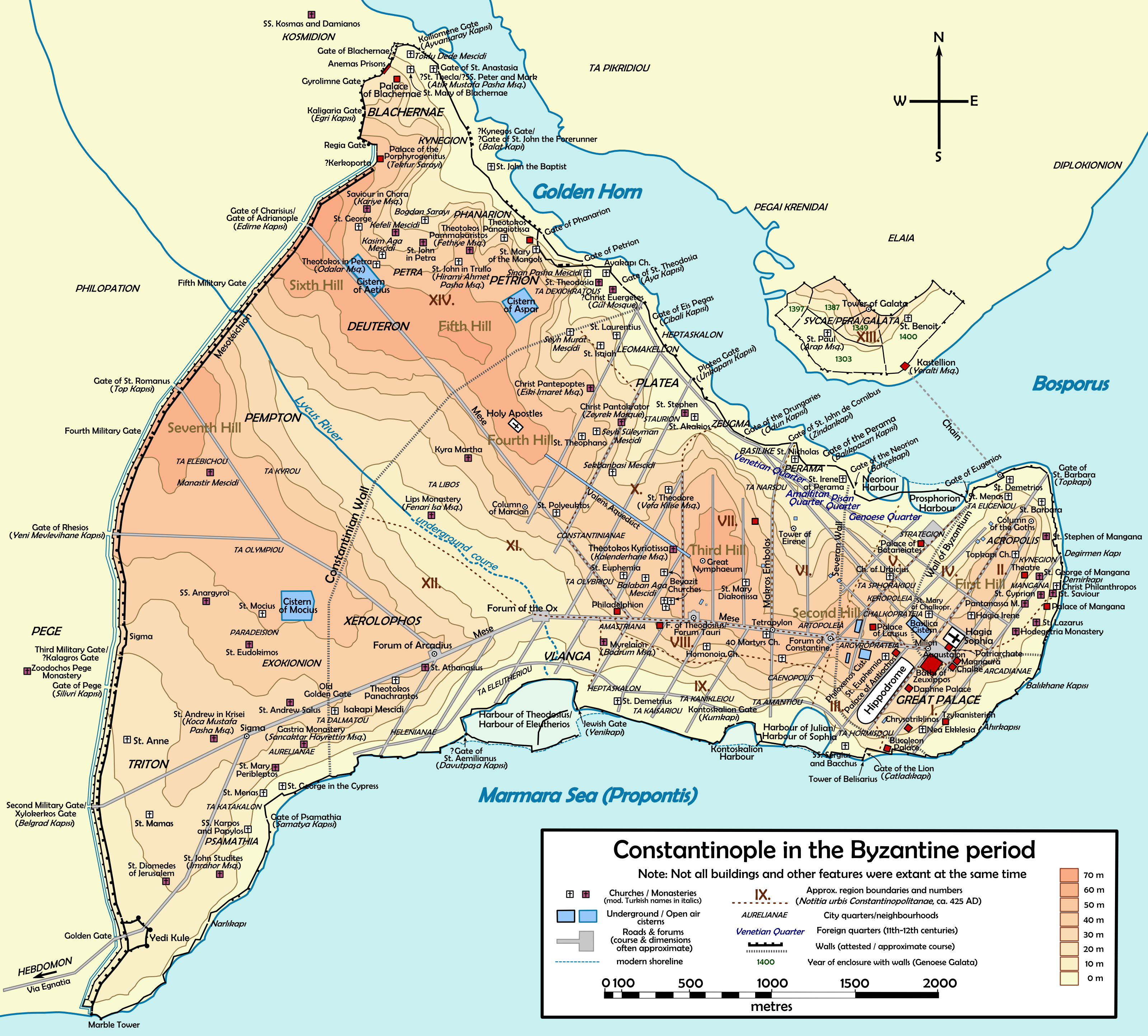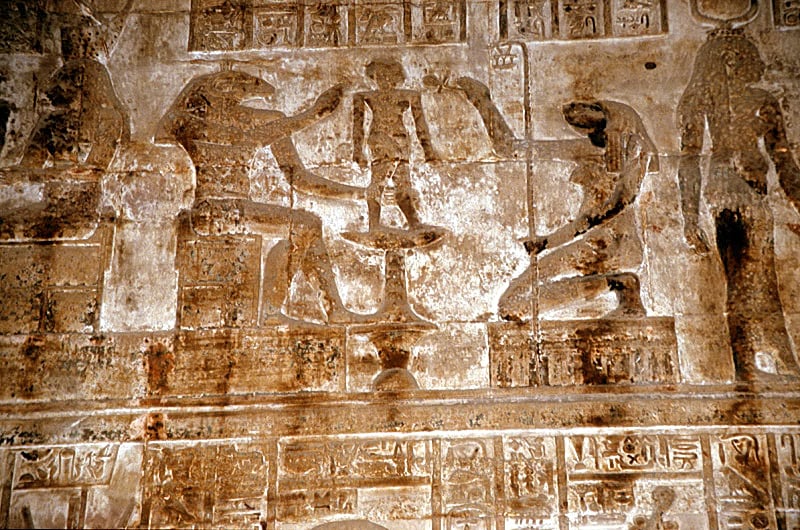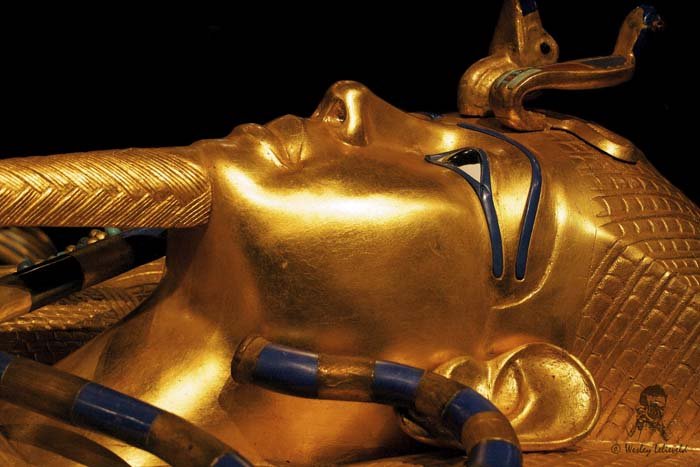Trade Routes: Trade in Byzantine Constantinople
Following up on Trade Routes: Indian Ocean Trade Route, this week we’ll discuss trade in Constantinople, one of the largest trading hubs in the world, at the time of the Byzantine Empire.
---
Constantinople was the largest city in the Byzantine empire and a major commercial center. Its founder and first emperor, Constantine the Great, moved the capital of the Roman Empire to the city of Byzantium in 330 CE, and renamed it Constantinople.
With an advanced state tax system that had been introduced by the emperor Diocletian and trade links reaching across Eurasia, the Byzantine economy maintained an important position into medieval times, projecting an image of great wealth and prestige. However, the 1204 Fourth Crusade proved to be a catastrophe, plunging Byzantium into an economic decline from which it never recovered.
Constantinople was one of the largest trading hubs in the world where shoppers could stroll down covered streets and pick up anything from Bulgarian linen to Arabian perfumes. The city was positioned along both the east-west and north-south trade routes, and the Byzantines took advantage of this by taxing imports and exports at a 10% rate.
The harbor of Eleutherios, originally known as the harbor of Theodosius was one of the ports of ancient Constantinople. Another, the Prosphorion harbor was active from the time of Byzantium, until the eve of the first millennium. Gradually enlarged, it was the first port to be built in the area of the future Constantinople. Trade was carried out by ship over vast distances.
Customs stations were dotted along the frontiers and two major, Abydos and Hieron, controlled the Straits between the Black Sea and the Dardanelles.
The 6th and 7th centuries were disastrous for the Byzantine economy. The great plague of 541 ravaged the empire and may have reduced the population by up to 30%. Subsequent recurrences of the pestilence were common and lasted well into the 8th century. A costly war with Persia also drained the state coffers during the 6th century. Annual revenue, which stood at around 11 million solidi in 540 dropped to just 6 million in 555. The empire lost a great deal of land to foreign conquest.
Ready to invest in digital marketing for your business? Let's work together to create a plan designed around optimizing your business directory listings, while incorporating search engine optimization (SEO), content marketing, search engine marketing, lead generation and website design to ensure that your accounting practice is optimized to help you reach your goals.



